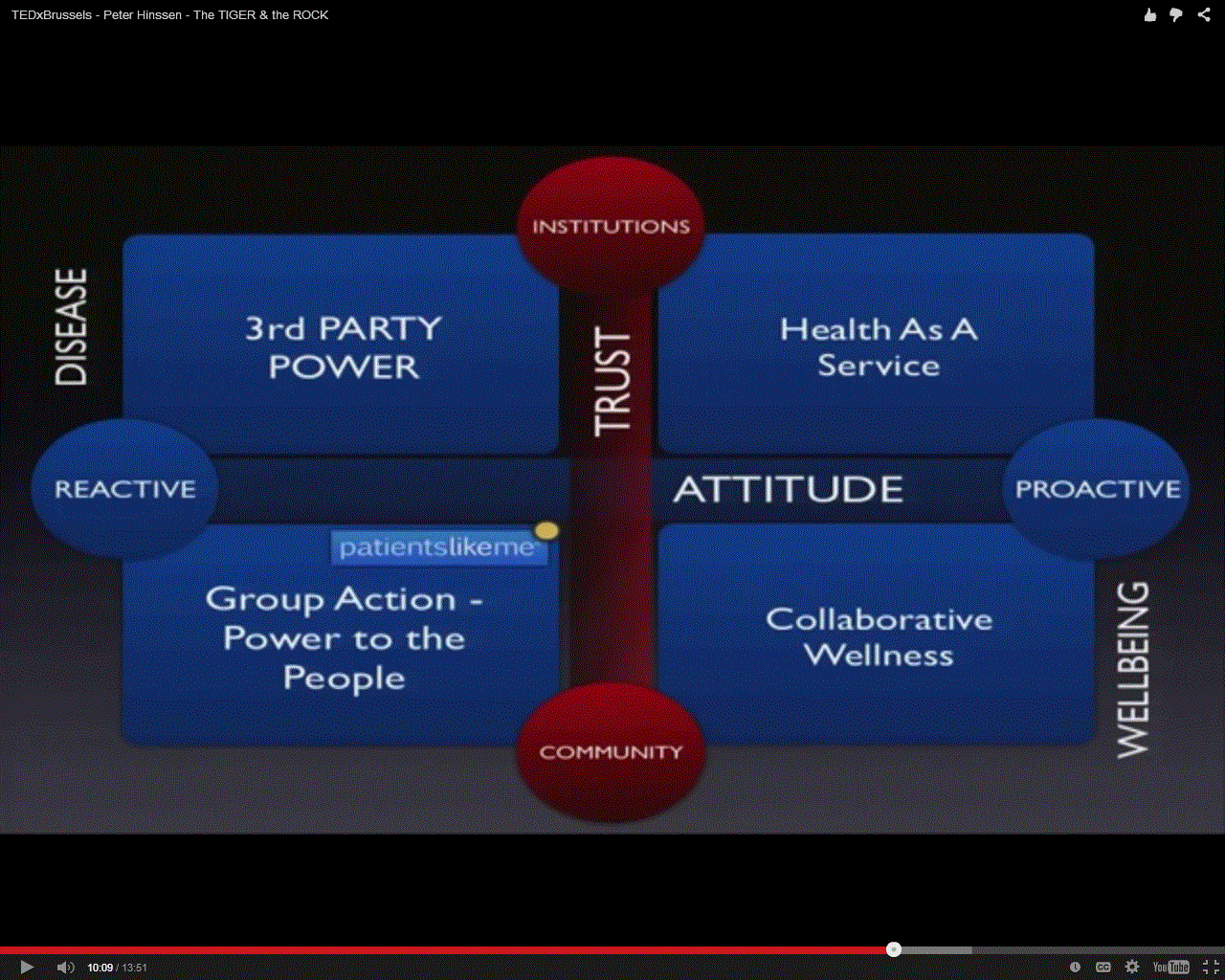http://www.smh.com.au/national/health/fat-adults-fat-kids-fat-pets-how-were-driving-the-obesity-pandemic-20141205-120cbb.html

Bulging issue: Processed foods and climate change are hastening the obesity pandemic.
Photo: iStockIn the year 2000 when Cathy Freeman smashed the women’s 400-metre record at the Sydney Olympics, showcasing the best of our species’ physical abilities, the physique of many others crossed another, less auspicious line.
In that year the number of overweight people surpassed the number of people who were underweight.
While malnutrition remains a scourge in many parts of the third world, obesity elsewhere is now considered a pandemic – a global epidemic that has emerged in recent decades and costs Australia about $21 billion a year.
But it’s not just people battling the bulge.
The data is showing that pets and companion animals – such as cats, dogs and horses – have also dramatically increased in girth.
“There is something about our shared environment that is generating obesity in both humans and our companion animals,” says Professor David Raubenheimer, a nutritional ecologist at the University of Sydney’s Charles Perkins Centre.
A chief driver is economics, he says. Since the 1980s ultra-processed foods, which are cheaper than whole foods but far less nutritious, have flooded supermarkets and fast-food stores.
Climate change is also a factor, as higher concentrations of carbon dioxide diminish the nutrient quality of plants and crops, which are the basis of human and many animals’ diets.
The idea that environment plays a major role in the obesity epidemic is not new. But Raubenheimer’s work is trying to unravel the complex mechanisms that make the modern world we’ve created for ourselves an uneasy fit for our bodies, which evolved in a very different landscape more than 100,000 years ago.
“It’s only by properly understanding problems that we can hope to predict, avert or manage them,” says Raubenheimer, who notes that not a single country has yet reversed its obesity epidemic.
To understand the role of the environment on obesity, there are a few things to note about our internal workings.
All animals, including humans, have sophisticated internal appetite systems that influence food intake to ensure the body receives the correct balance of each major nutrient group: protein, fat and carbohydrates.
Research by Raubenheimer and his colleagues found protein to be the most dominant of these nutrient “appetites”. Their studies in animals and people consistently show individuals will overeat fats and carbohydrates in order to meet their protein requirement.
Given that early humans evolved in an environment where meals likely consisted of lean game and root plants, both of which contained little fat or sugars, a strong protein appetite makes sense.
But now think of the modern world, where sugary, fatty and highly-processed foods – such as pizza, muesli bars, cereals, burgers and biscuits – are cheap and plentiful. Eating a greater quantity of those foodstuffs will not satisfy the protein appetite, but they are often consumed in place of protein because “protein costs more”, says Raubenheimer.
Studies in middle- and high-income countries consistently find that people living in poorer communities are more likely to be overweight or obese.
“The global rise of ultra-processed products, largely driven by powerful trans-national corporations, began in the 1980s and thus coincides closely with the period in which there has been a doubling in the rates of obesity,” wrote Raubenheimer, in his study published in theBritish Journal of Nutrition in November.
This may also suggest why dogs have beefed up by a whopping 33 percent, on average, and cats by 25 percent over the past few decades.
“If it’s more expensive to buy protein balanced foods for ourselves, imagine economically stressed families’ response when they feed their pets,” he says.
But it’s not just multinationals affecting food quality.
Climate change is diluting the nutrients in plants, because when exposed to high temperatures and a carbon dioxide-rich environment, the percentage of protein and fibre in plant leaves drops, while the concentration of sugars and starches increases.
“There is an immense amount of research showing that one consistent impact of climate change is the nutritional composition of plants,” Raubenheimer says.
Given that plants make up 80 per cent of the human diet, Raubenheimer predicts that vegetables and crops diluted of protein will become another factor in encouraging humans to overeat fats and carbohydrates to satiate their protein requirements.
Raubenheimer’s analysis suggests the impact of global warming on obesity rates will reach beyond plants to livestock animals that eat the plants, which people in turn consume as a major protein source.
If cattle and sheep graze on grasses with lower concentrations of the nutrient, they in turn will overeat to satiate their protein appetite, increasing their body weight, he says.
And while protein is a major driver of appetite, exposure to too much early in life may do more harm than good.
Numerous studies have found that babies fed formula, which has a higher concentration of protein than breast milk, are more likely to become obese later in life than breast-fed infants.
Raubenheimer says one explanation for this trend is that feeding infants high protein foods may be conditioning them to have a higher protein appetite for life.
“[This] is potentially causing those infants to overeat fats and carbs to a greater extent to satisfy their protein requirements,” he says.
While Raubenheimer and his collaborators at the Charles Perkins Centre know obesity emerges from a complex set of interactions between the environment, genetics and lifestyle factors, new approaches are desperately needed to tackle the problem, he says.
“We need interdisciplinary research, where approaches and concepts from multiple areas are applied to this major global crisis.”





































































 Bulging issue: Processed foods and climate change are hastening the obesity pandemic. Photo: iStock
Bulging issue: Processed foods and climate change are hastening the obesity pandemic. Photo: iStock
